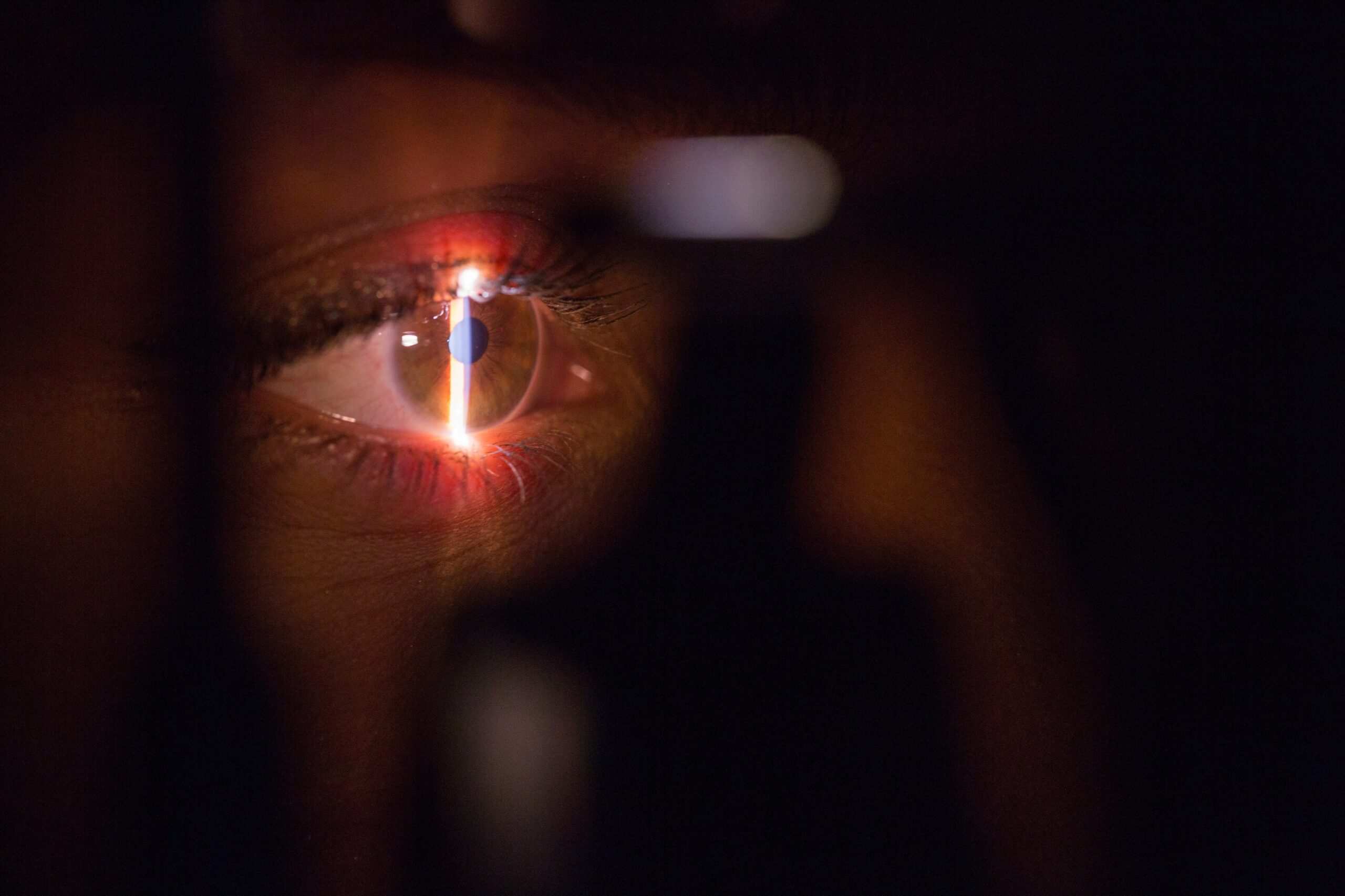ABSTRACT:
The significant increase in brain injuries, ocular surface disease and macular degeneration has stimulated extensive studies on the extraocular muscles, cornea and retina, respectively. Currently, the majority of research in these areas is isolated, yet the three structures are inextricably linked functionally via many electrical and chemical systems. The activity and changes of these interrelated ocular structures can be quantified using technological advancements, such as those that monitor brainwaves and/or chemical gradients. Alterations of one of those three components, stimulating adaptations in the other two structures via feedback and feedforward pathways, lead to changes in brain processing. Thus, by analyzing the combination of chemicals from the corneal tear layer with afferent stimuli from both proprioceptors in the extraocular muscles and retinofugal pathways, and efferent responses from retinopetal projections and cranial nerves III, IV and VI, assessments can be made regarding brain processing. From there, many future implications become possible. A few examples of attaining “bench to bedside” procedures might be 1) off-label usage of punctal plugs to induce modification of estrogen content in the corneal tear layer as a natural way to affect hormonal regulation, 2) peripheral retinal stimulation to lessen patient awareness of macular damage, or 3) filtering incoming retinal stimulation to affect seizure activity.

